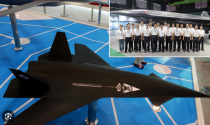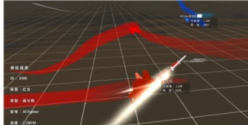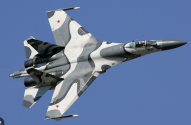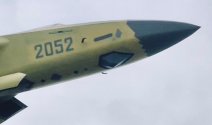So with the overwhelming advantage of 5th gen vlo fighters against preceding generation in mind and given that there is no current operational loyal wingman UAV in service. Would a slug fest be majorly decided by the number of stealth fighters? Once the stealth fighters run out it would almost become a one-sided slaughter until the opposing side reach land based air defence range.
Aren't there plenty of US and NATO loyal wingman UCAV (UAV whatever semantics people want to operate with) flying for evaluation and LRIP.
None of the publicly known ones are really all
that impressive but changing the nature of air combat is a given.
China has Dark Sword heavy, (and judging by imagery and leaked conferences, exercises) supersonic loyal wingman. Heavy and large means fuel and payload capacity but China should also field the smaller loyal wingman a la Kratos and Ghost Bat. Those are very easy to do in terms of mechanics... basically all the nitty gritty effectiveness of these platforms derive from networking and sensor capabilities. Both of which China is fairly strong at, at least in comparison to every other country on the planet except the US (assumed benchmark in this post lol).
Drones and all supporting sub-systems are basically one area of Chinese strength.
You can bet that when shooting wars happen, not only are loyal wingmans going to be a dime a dozen, there are going to be so many types fielded by US and China we'd lose count. Possibly many hidden from public view that both airforces have been training with and against for some time.
As revolutionary for air combat as fighter level UCAVs are and cheaper smaller loyal wingman for attrition calculus, I'm convinced both US and China explore and pursue increased capabilities in digital domains of warfare FAR more than meet the eye. After all, Electronic War related topics is held as the highest level of military secrecy in China. The US also don't talk much about this field. This and the theoretical physics departments of both nations are the tip of the spear. Everyone talks about tank barrels smoothbore vs rifled (settled debate I know I know) but many fail to realise modern kinetic warfare is all about manufacturing, attrition, energy, and your physics departments.

"tac view" screencap of exercise... yep that sure looks like Dark Sword program UAV. No flanker has a wing of those proportions and that thin, back, and short no matter what angle you turn. Plus the aircraft represented clearly has a very wide tail end fuselage.






